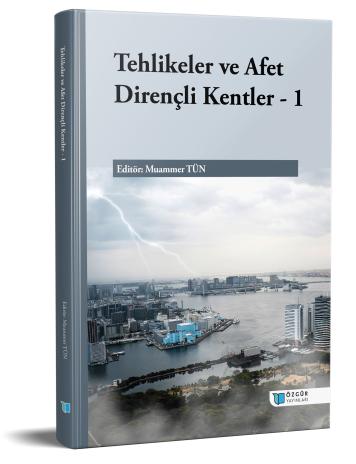
Social Dimensions in Post-Disaster Recovery
Chapter from the book:
Tün,
M.
(ed.)
2024.
Hazards and Disaster Resilient Cities I.
Synopsis
A priority agenda in disaster management is to evaluate post-disaster multi-sectoral (physical, social, economic, environmental) recovery processes and practices together with pre-disaster vulnerabilities and disaster risk reduction, as well as including disaster risk management in recovery processes, and considering, at the same time, risk-informed sustainable development measures. In order to achieve higher standards holistically in post-disaster recovery compared to pre-disaster conditions, efforts are being made at central and local levels to shape multi-sectoral recovery planning and to prepare for its implementation before a disaster strikes.
In this context, differing from physical, economic and environmental vulnerabilities that can be measured or quantified in recovery processes and practices after natural hazard-induced disasters, unquantifiable social vulnerabilities and hence social recovery are not yet widely discussed in scientific and practical studies.
Post-disaster social recovery, based on understanding the complex social dimensions that are effective in the occurrence and aftermath of the disaster, evaluating and adapting the positive-negative interaction of local social factors with all fields of recovery, localizing the recovery processes and practices, identifying information and data related to local and social recovery in order to include in integrated recovery plans to be prepared before disaster, is a current subject of study.

